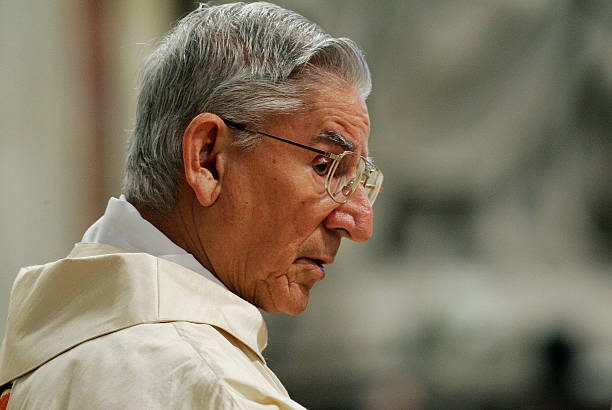Cardinal Castrillón Hoyos, renowned for championing the Traditional Latin Mass, died in Rome today, aged 88.
The Colombian cardinal was president of the pontifical commission Ecclesia Dei when Pope Benedict XVI published Summorum Pontificum, granting greater freedom to the celebration of the older Mass. He was known for leading attempts to reconcile traditionalist Catholics to Rome.
He died, peacefully and cheerfully at 1:15am Rome time, and in a telegram on the occasion of his death, Pope Francis remembered the cardinal’s “generous service to the Church”. The Pontiff assured those who mourned the passing of the cardinal of his prayers that the Lord might welcome him into “joy and eternal peace.”
Born in July 4, 1929, Cardinal Hoyos was ordained to the priesthood in 1952 and made a bishop in 1971. In 1992 he was named Archbishop of Bucaramanga, where he served as ordinary until 1996, when Pope Saint John Paul II appointed him Prefect of the Congregation for the Clergy in Rome. He was created Cardinal by the same pope in 1998 and in 2000, he was appointed President of the Pontifical Commission Ecclesia Dei.
Under Benedict XVI, Cardinal Hoyos played an influential role in the retired Pope’s 2009 decision to lift the excommunications on four of the society’s bishops, who had been ordained in 1988 without Holy See approval.
He was again mired in controversy when a letter surfaced in 2010 that showed him thanking a bishop for shielding a priest convicted of sexually abusing boys. Cardinal Hoyos, the then head of the Vatican’s Congregation for Clergy, praised Bishop Pierre Pican of Bayeux-Lisieux for risking imprisonment to defend Fr Rene Bissey, who was jailed in 2000 for 18 years for sexual abuse of 11 boys between 1989 and 1996; in 1998, his failures to grasp the realities of dealing with abusive clergy famously led Dublin’s then Archbishop Connell to bang his fist with fury on a table at a meeting in Rosses Point, Co. Sligo.
Pope Benedict XVI accepted the cardinal’s resignation in 2009, when the Cardinal turned 80. From then on, he continued to work as a consultant for different dicasteries and prefectures of the Holy See and continued to exercise his pastoral ministry.


 Cardinal Castrillón Hoyos
Cardinal Castrillón Hoyos 